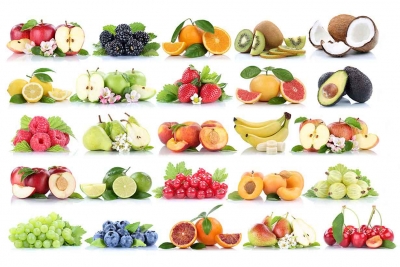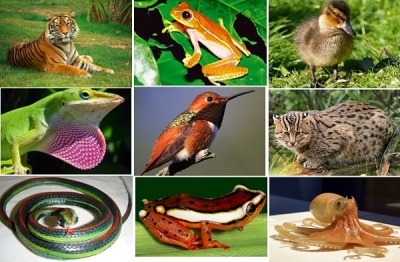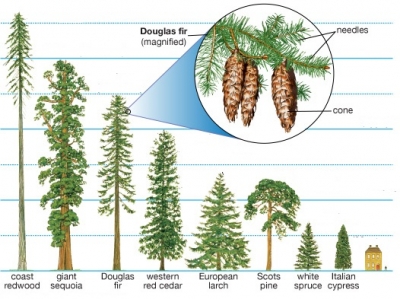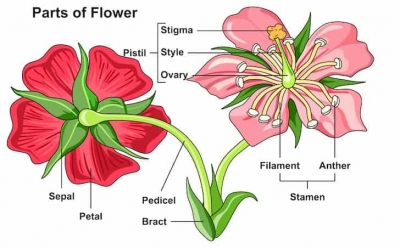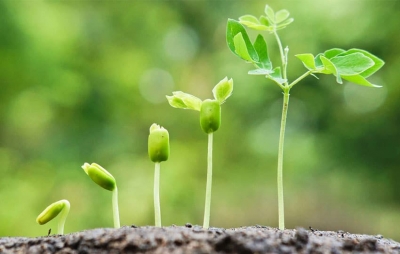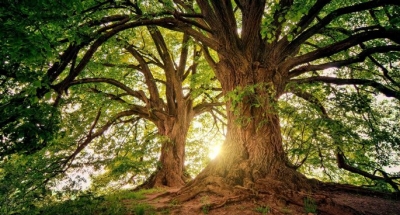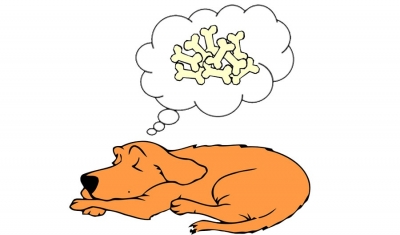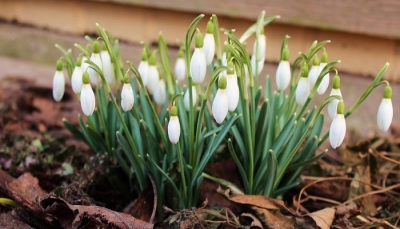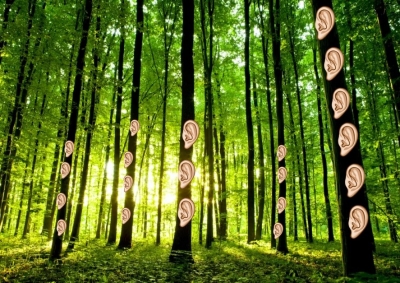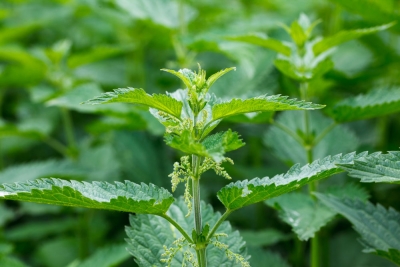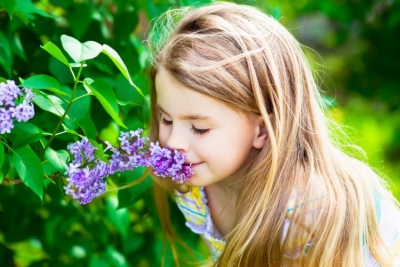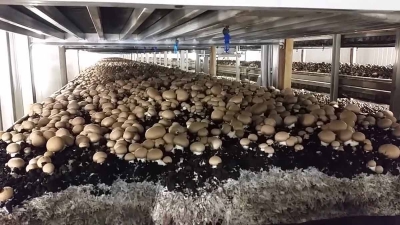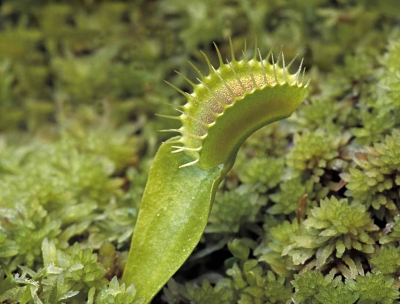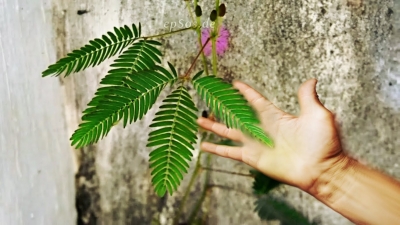What are Plankton and its types?
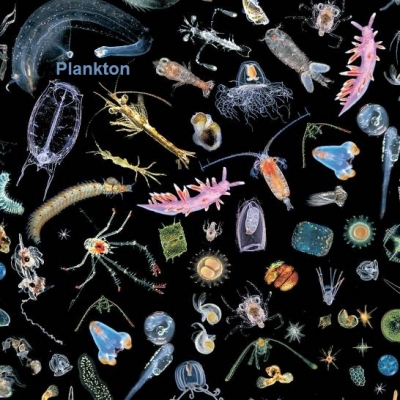
PLANKTON
The sunlit surface waters of many oceans teem with life, most of it microscopic that drifts with the currents. The whole drifting community is called the plankton. It is made up of plant-like phytoplankton, which uses the energy of sunlight to make food from carbon dioxide and water, and zooplankton — animals that feed on both the phytoplankton and each other.
- DIATOMS The phytoplankton consists of microscopic organisms such as diatoms and cyanobacteria. Diatoms have shells of glassy silica that fit together like tiny boxes with lids, and they exist in a dazzling variety of forms. They thrive in cool seas, where they turn the water grey-green and often multiply into vast cloudy “blooms” that are visible from space.
- CRAB LARVA Among the members of the zooplankton are the eggs and young of animals that have very different shapes and lives when adult. They include the eggs of reef corals and infant fish, molluscs, and crustaceans like this crab larva. Drifting in the plankton provides them with food and helps them disperse through the oceans to find new places to live.
- CYANOBACTERIA Once known as “blue-green algae”, these simple organisms were among the first forms of life to appear on Earth, more than 3.5 billion years ago. They still flourish in the oceans where, like diatoms, they turn carbon dioxide and water into sugary carbohydrates.
- COPEPODS Many animals spend their entire lives as members of the zooplankton. They include the tiny shrimp-like copepods, which form dense swarms in many seas, providing food for shoals of fish and giant filter-feeding whales.
- ARROW WORMS These long, almost transparent animals prey on the other creatures of the zooplankton, including copepods. They are named for the way that they shoot forward through the water to catch their victims.
Picture Credit : Google
